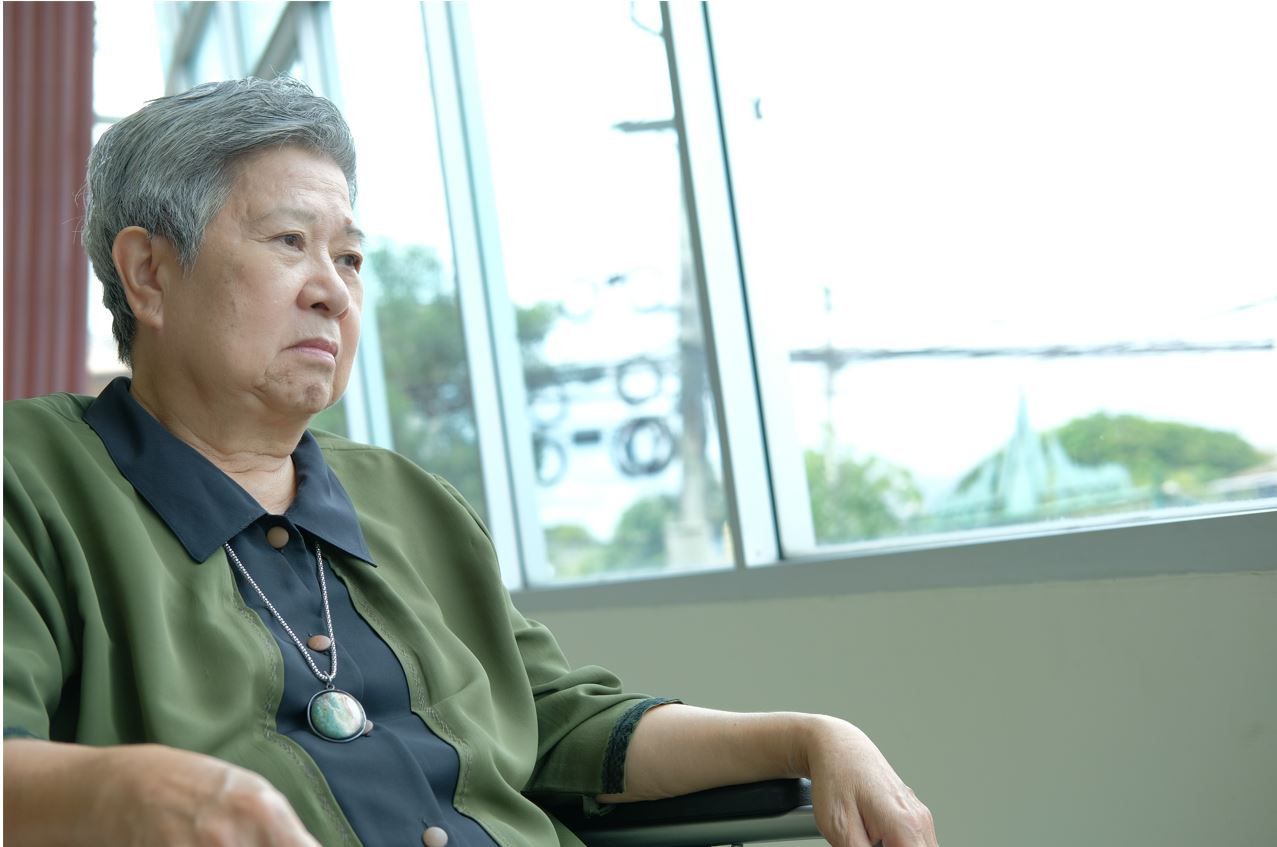Loneliness in Aging Adults Associated with High-risk Medication Use
Older adults who report being "highly lonely" are up to 2.5 times more likely to use opioid analgesics, sedatives, and anxiolytics.
©88studio/stock.adobe.com

Older adults who experience loneliness are nearly twice as likely to use opioid analgesics for pain and two-and-a-half times more likely to use sedatives and anxiolytics, according to new research published by investigators at UC San Francisco.
In addition to creating risk for impaired attention and falls and other accidents in the aging population, the medications may lead to drug dependency and greater cognitive impairment, the authors warn.
“Loneliness,” they write, is “the emotional distress resulting from a discrepancy between one’s actual and desired level of social connection [and] is associated with physical and psychological symptoms in older adults, including pain, insomnia, depression, and anxiety.”
The study, based on cross-sectional data from the population-based National Social Life, Health and Aging Project (NSHAP), found that just over half (53%) of 6,000 respondents to a NSHAP questionnaire were not lonely, 40% were moderately lonely, and 7% were highly lonely.
The proportion of participants in each group who had prescriptions for opioids and antianxiety medications and sedatives eg, diazepam, alprazolam, buspirone, zolpidem) correlated with their degree of reported loneliness, according to the findings, published July 26, 2021, in JAMA Internal Medicine.
"There's a misconception that as we age, we become more withdrawn and less sociable," said first author Ashwin Kotwal, MD, of the UCSF Division of Geriatrics and of the San Francisco VA Medical Center in a UCSF news release. "In fact, older people are more socially active than other age groups and frequently play major roles in their communities. When older people are not socially active, we need to recognize that there's a problem."
Data were drawn from NSHAP waves 1-3 (2005, 2010, 2015); the survey includes community dwelling adults aged >65 years. After exclusions for incomplete responses and missing medications data from an initial pool of 7054 participants, the final sample numbered 6017. Average age was 73 years; 46% were men; 84% were white, 7% Black, 6% Hispanic.
Researchers examined in-home medication logs for regularly scheduled dosing of medications commonly prescribed for symptoms of loneliness that are found on the American Geriatrics Society Beers Criteria of potentially inappropriate medications.
In unadjusted analyses, loneliness was significantly associated with self-reported pain, insomnia, depression, anxiety, multimorbidity, and with the medications of interest. After multivariable adjustment, the investigators found:
- Prescription opioids were used by 6% of those in the non-lonely group vs 8% of those in the moderately lonely group and 11% in the group identified as “highly” lonely.
- Antianxiety and sedative medications were used by 9% of the non-lonely participants, 13% of the moderately lonely, and 23% of the highly lonely group, raising a red flag given that both classes are associated with a higher risk for dementia, according to the statement.
- Antidepressant medications were used by 14% of the non-lonely group, 19% of those who reported moderate loneliness, and more than one-quarter (27%) of the highly lonely participants.
- NSAID use was identified in 14% of those who reported they were not lonely vs 17% of the moderately lonely and 22% of the highly lonely.
- Polypharmacy also was associated with degree of loneliness, with Individuals in the highly lonely group more likely to be on ≥5 medications – 58% vs 46% in the non-lonely group.
Given the dangers for older adults associated with all of these medication classes, the authors note that where loneliness is a risk factor for development of physical or psychological symptoms, pharmacologic intervention may not be the most appropriate choice; in fact, medication may not treat the underlying social experience of loneliness at all, they state.
Kotwal advocates more “social prescribing” for older adults, including referring them to local community resources for engagement.
"We don't want to pathologize loneliness," said Kotwal in the UCSF release. "Most people experience loneliness at some point in their lives, but when experiences of loneliness persist for many months or years, it can cause physiologic changes, such as a ramped-up stress response, sleep problems, and even heart disease. And, a lack of social contact can erode our social skills, making it more difficult over time to connect with others and creating a vicious cycle."
Reference: Kotwal AA, Steinman MA, Cenzer I, Smith AK. Use of high-risk medications among lonely older adults: results from a nationally representative sample. JAMA Intern Med. Published online July 26, 2021. doi:10.1001/jamainternmed.2021.3775
Podcast: Arthritis, Anxiety, and Depression: Managing a Common Comorbidity
May 14th 2012Anxiety is even more common than depression among people who have arthritis, a new study has shown. Here to discuss the implications for diagnosis and treatment is Eilzabeth Lin MD, a family medicine physician who is a longstanding researcher in the field of depression and pain.